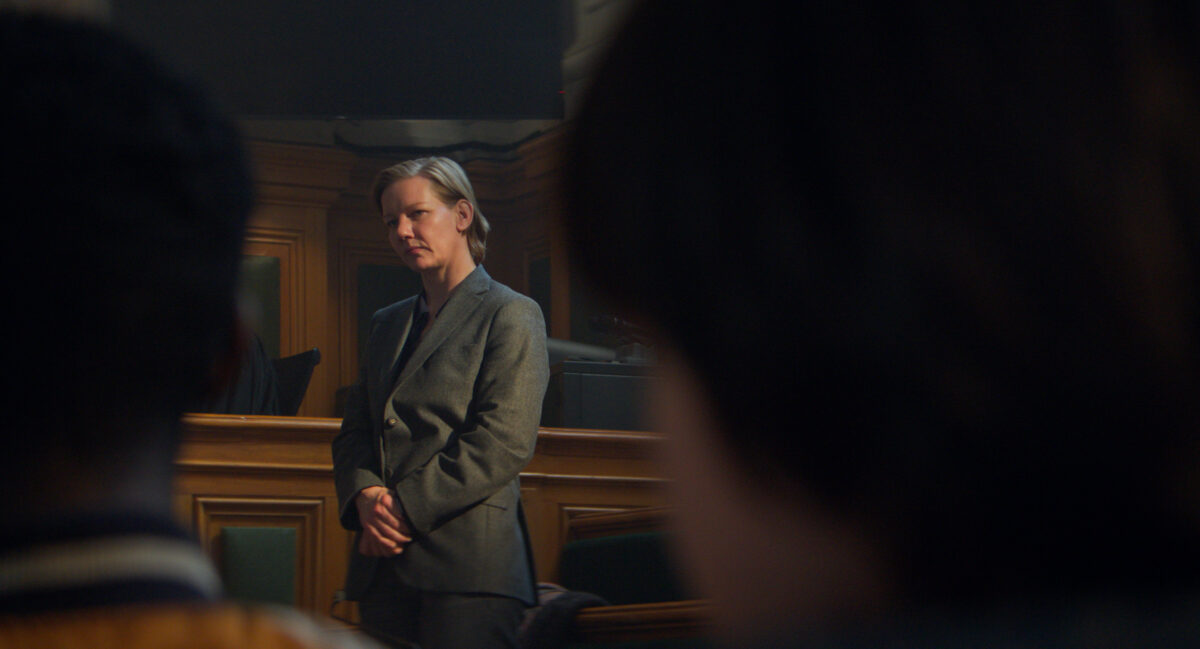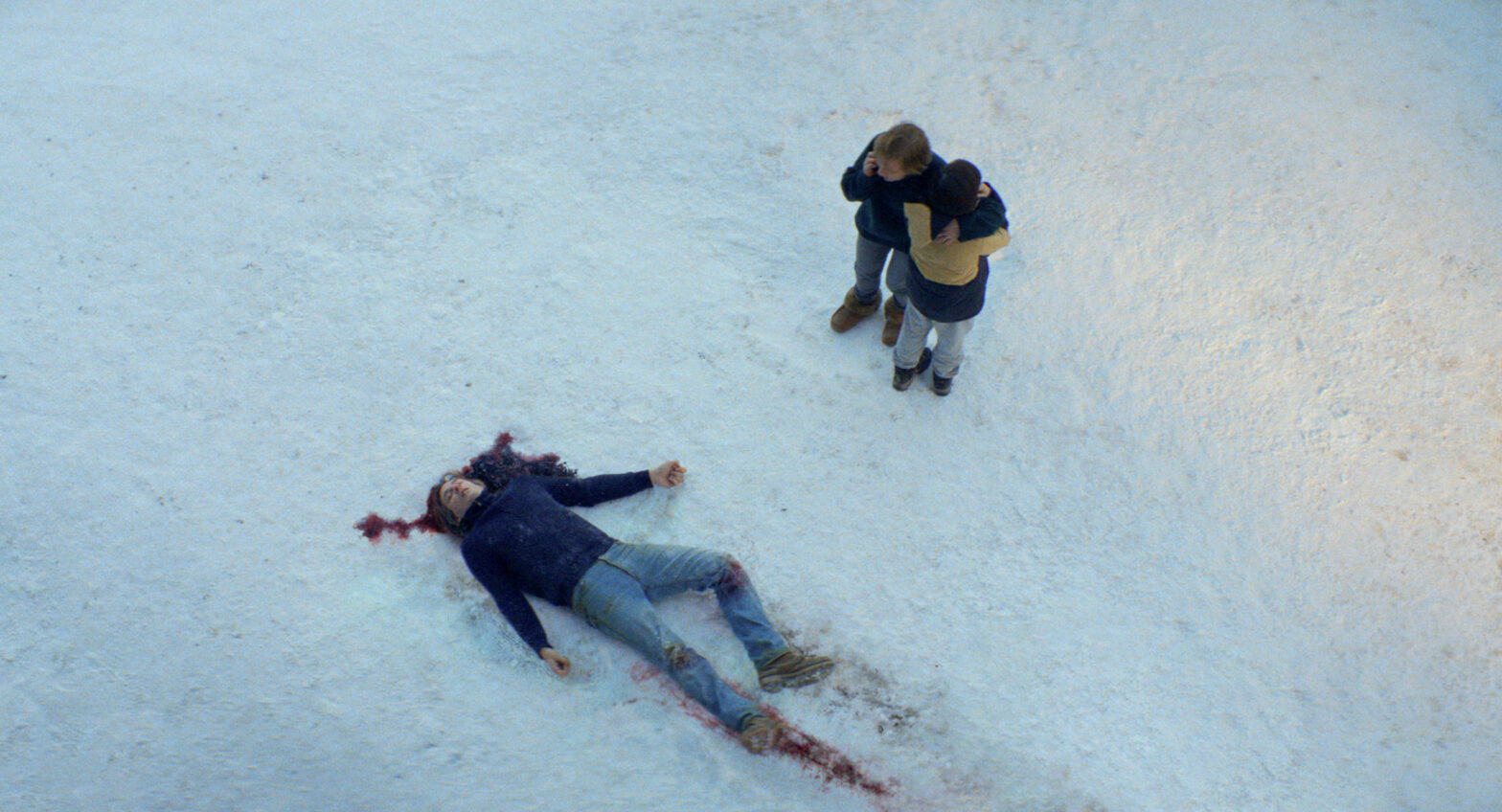The New School Free Press’ Alexiah Syrai Olsen attends the press screenings for The New York Film Festival.
Justine Triet’s “Anatomy of a Fall,” reimagines the whodunnit genre with her sophisticated screenplay and reimagining of music use in film. Behind every musical decision is music director Thibault Debonaise, who managed to easily steal the focus of the film. The music aficionado adds a complex musical narrative, using melodies to drive the unfolding mystery, elevate themes, and, most importantly, encourage the audience to question their convictions.
Sandra Hüller plays a character accused of killing her husband Samuel, but ultimately gets found innocent. The couple’s blind son, Daniel, played by 13-year-old Milo Machado Graner, is the only witness.
The film relies on an unearthly amount of theatrics, especially in the music direction. Music from the characters’ worlds bleed into the background of the film, breaking boundaries and helping submerge the viewer in the characters’ headspace.
The song “Asturias (Leyenda)” by Isaac Albéniz is particularly crucial to the film’s success. The song’s 12-note piano melody repeats throughout the film. Debonaise has a new vision of what the musical element can bring to a film, using this song as a form of diegetics. A technique that flows music through our theater into the character’s world. The repetition of the 12 notes establishes a drama that flows throughout the film, following Sandra through a series of steps discovering more about the death of Samuel.
After the third or fourth time that Debonaise uses the 12 notes, viewers start to see a pattern. Scenes where tensions are high or new evidence is being found, the melody plays. Viewers can start to predict the plot progression based on the music: Debonaise is helping us crack the case. This tactic inspires viewers to pay attention to details, guess what’s next, connect clues, and infer how Samuel died.
It’s not till the end when we hear the song in its entirety, indicating the trial is ending.

Debonaise makes the soundtrack more interesting than the visuals themself. In taking clear risks by diverting from the typical scoring formula that big budget projects use, he made a greater impact and showed his dexterity. Only four songs are used throughout the two and a half hour film, with “Asturias (Leyenda)” being repeated over and over again. Films generally include about 20 songs but Debonaise dares to take a minimalist approach. One thing is clear, after his innovative work on “Anatomy of a Fall,” Debonaise’s name should and will be a household name.
While Debonaise is playing with your ears, Triet tricks your eyes. As Triet lets the audience in on the entire trial, time feels like it’s running out, and viewers feel pressure to pick a side. Viewers spend the entire film examining evidence, hearing testimonies, and trying to solve the case. Slowly, the audience realizes they aren’t going to get to know the truth, particularly drained from the emotional investment with no return after spending two and a half hours deciphering clues along with the characters. This decision feels like a big fuck you from Triet. However, in trusting Debonaise and Triet as they guide us through an intense journey, they create a devilish and beautiful dynamic where resolution isn’t the main point.
Triet and Debonaise took an enormous chance that ultimately has paid off, adding some much needed ingenuity to the film scene. We are able to see the character development in Sandra, Samuel and Daniel by the diegetics Debonaise uses for his scenes. Who killed Samuel is not important; the trial’s only emphasis is to understand Sandra as a person. As her entire life is being deliberated in court, viewers are asked to reflect on themselves as well. How have our past actions affected the ones around us? Are we blind to feeling sympathy?
“Anatomy of a Fall” is now showing at the New York Film Festival and is set to release in theaters on October 13, 2023.







